Cosimo Recording Studios
521 Governor Nicholls St.New Orleans LA 70116
The golden age of New Orleans R&B is synonymous with the Cosimo Recording Studios, owned and operated by sound engineer Cosimo Matassa. Located in the heart of the French Quarter in a former wholesale grocery warehouse at 521-23-25 Governor Nicholls St., the facility was opened in spring 1956 after Matassa had made his mark at J&M Recording Studios on Rampart and Dumaine in the preceding decade. At Cosimo’s, which like J&M was the only significant recording studio in the city at the time, the sound of New Orleans R&B came alive as it spread throughout the world.
The primary artist recorded at Cosimo studios was Fats Domino, who in 1956 was at the peak of his popularity as an unlikely rock ‘n’ roll star. Through the early 1960s, he recorded hit after hit here under the production genius of Dave Bartholomew for Lew Chudd’s Imperial Records of Los Angeles. Little Richard, another major international artist of the rock ‘n’ roll era, recorded many of his unforgettable hits at Cosimo’s for Specialty Records in 1956-57 after cutting the transformative “Tutti Frutti” at J&M in 1955.
The New Orleans session musicians became known as the “studio band” and featured two of the top accompanists in rock ‘n’ roll: tenor saxophonist Lee Allen and drummer Earl Palmer, who was succeeded by Charles “Hungry” Williams in 1957. Other musicians included Alvin “Red” Tyler, tenor and baritone saxophones; guitarists Ernest McLean, Edgar Blanchard, and Justin Adams; Edward Frank, piano; and Frank Fields, bass.
The Cosimo formula worked well for Ace Records chief Johnny Vincent, who landed durable hits in 1958-59 by Huey “Piano” Smith and the Clowns, Jimmy Clanton, and Frankie Ford. Other artists recorded at the Cosimo facility in the 1950s included Smiley Lewis, Professor Longhair, Bobby Mitchell, Sugar Boy Crawford, The Spiders, Art Neville, Tommy Ridgley, and Mac “Dr. John” Rebennack.
By the 1960s, there were there separate studios: “A” (mono, 2-track stereo, 3-track stereo), “B” (mono, 2-track stereo), and “C” (mono only). The studio also did remotes on location. Soon the New Orleans sound began to take on a funkier edge under producers Allen Toussaint, Harold Battiste, and Wardell Quezergue. In 1961 Ernie K-Doe recorded “Mother-In-Law” at the Cosimo studios, produced by Toussaint for the Mint label, the only No. 1 national pop hit to come out of New Orleans. Other major 1960s hit recordings were cut here by Clarence “Frogman” Henry, Chris Kenner, Barbara George, Lee Dorsey, Robert Parker, and Aaron Neville through 1966.
Among the session men drafted in during this period were Nat Perrilliat, tenor sax; guitarists George Davis and Roy Montrell; bassists Peter “Chuck” Badie and George French; drummers John Boudreaux, Robert French, and Smokey Johnson; and pianists Allen Toussaint and James Booker.
“I would always pride myself in being able to walk out into a studio, stick the right microphone in the right place, and set up a group and record them,” the charismatic Matassa said with characteristic understatement. He was aided by young engineers at various times including Arthur “Skip” Godwin, Seth David, and Bert Frilot, who pithily summed up Matassa’s genius: “There was nothing anyone ever asked him to do that he didn’t know how to do it or would figure out how to do it. He was so inventive.”
After Hurricane Katrina, the building at 521 Governor Nicholls Street became a tourist attraction when it was purchased by Brad Pitt and Angelina Jolie. The couple parted ways with it and with each other in 2016.
Videos
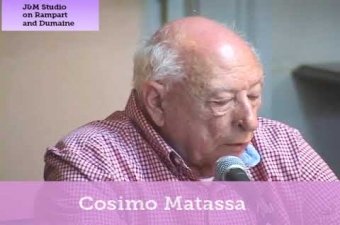
From the 2008 Ponderosa Stomp Conference, Cosimo Matassa and Rick Coleman discuss topics ranging from the Great Depression to Fats Domino (see YouTube for time stamps).
Video © The Ponderosa Stomp Foundation. Cannot be used by third party without written permission.
From the 2008 Ponderosa Stomp Conference, Cosimo Matassa and Rick Coleman discuss topics ranging from the Great Depression to Fats Domino (see YouTube for time stamps).
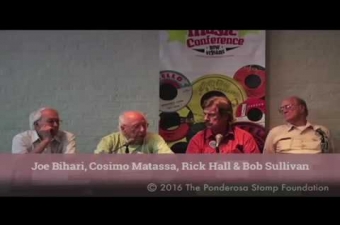
From the 2009 Ponderosa Stomp Conference, "Engineering Panel: Mark Bingham, Andy Taub, Joe Bihari, Rick Hall, Cosimo Matassa, and Bob Sullivan," Matassa discusses his technique.
Video © The Ponderosa Stomp Foundation. Cannot be used by third party without written permission.
From the 2009 Ponderosa Stomp Conference, "Engineering Panel: Mark Bingham, Andy Taub, Joe Bihari, Rick Hall, Cosimo Matassa, and Bob Sullivan," Matassa discusses his technique.
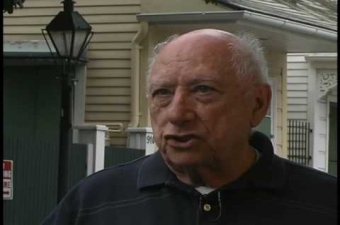
Short interview with influential producer and sound engineer Cosimo Matassa. Shot for the 2005 Mayor's Arts Awards presented by the Arts Council of New Orleans.
Produced by Robbie Denny. Shot & Edited by Donna Schlaudecker.
Video from KnowLA
Short interview with influential producer and sound engineer Cosimo Matassa. Shot for the 2005 Mayor's Arts Awards presented by the Arts Council of New Orleans.
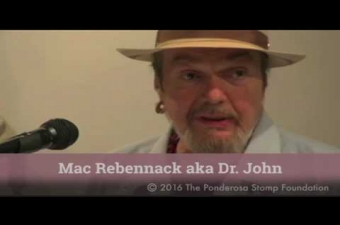
From the 2009 Ponderosa Stomp Conference panel "Wardell Quezergue, Mac Rebennack, Bob French," Rebennack talks about Quezergue and Professor Longhair in Matassa's studio.
Video © The Ponderosa Stomp Foundation. Cannot be used by third party without written permission.
From the 2009 Ponderosa Stomp Conference panel "Wardell Quezergue, Mac Rebennack, Bob French," Rebennack talks about Quezergue and Professor Longhair in Matassa's studio.

From the 2010 Ponderosa Stomp Conference panel “Gerri Hall with Rick Coleman,” tales of Huey "Piano" Smith's seminal recordings.
Video © The Ponderosa Stomp Foundation. Cannot be used by third party without written permission.
From the 2010 Ponderosa Stomp Conference panel “Gerri Hall with Rick Coleman,” tales of Huey "Piano" Smith's seminal recordings.
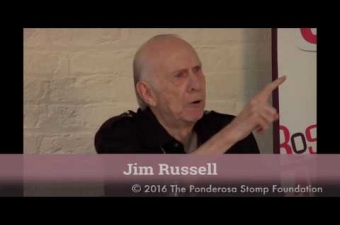
From the 2010 Ponderosa Stomp Conference panel "Jim Russell with Alex Rawls,” the DJ recalls bringing Clarence "Frogman" Henry to Matassa's studio.
Video © The Ponderosa Stomp Foundation. Cannot be used by third party without written permission.
From the 2010 Ponderosa Stomp Conference panel "Jim Russell with Alex Rawls,” the DJ recalls bringing Clarence "Frogman" Henry to Matassa's studio.
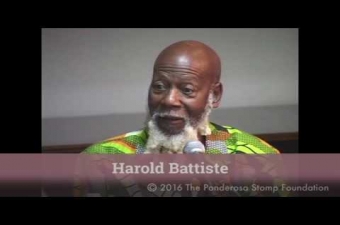
From the 2008 Ponderosa Stomp Conference panel "All For One: Harold Battiste with Peter Guralnick," memories of the spirit of Matassa's studio.
Video © The Ponderosa Stomp Foundation. Cannot be used by third party without written permission.
From the 2008 Ponderosa Stomp Conference panel "All For One: Harold Battiste with Peter Guralnick," memories of the spirit of Matassa's studio.
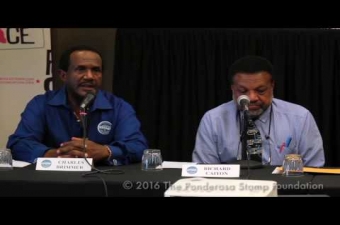
From the 2013 Ponderosa Stomp Conference panel "Lost New Orleans Soul Men: Charles Brimmer & Richard Caiton," the artists discuss Matassa's recording technique
Video © The Ponderosa Stomp Foundation. Cannot be used by third party without written permission.
From the 2013 Ponderosa Stomp Conference panel "Lost New Orleans Soul Men: Charles Brimmer & Richard Caiton," the artists discuss Matassa's recording technique

Cosimo Recording Studio on Gov Nicholls in 2016.
Video courtesy of Kevin McCaffrey.
Cosimo Recording Studio on Gov Nicholls in 2016.
Images
































